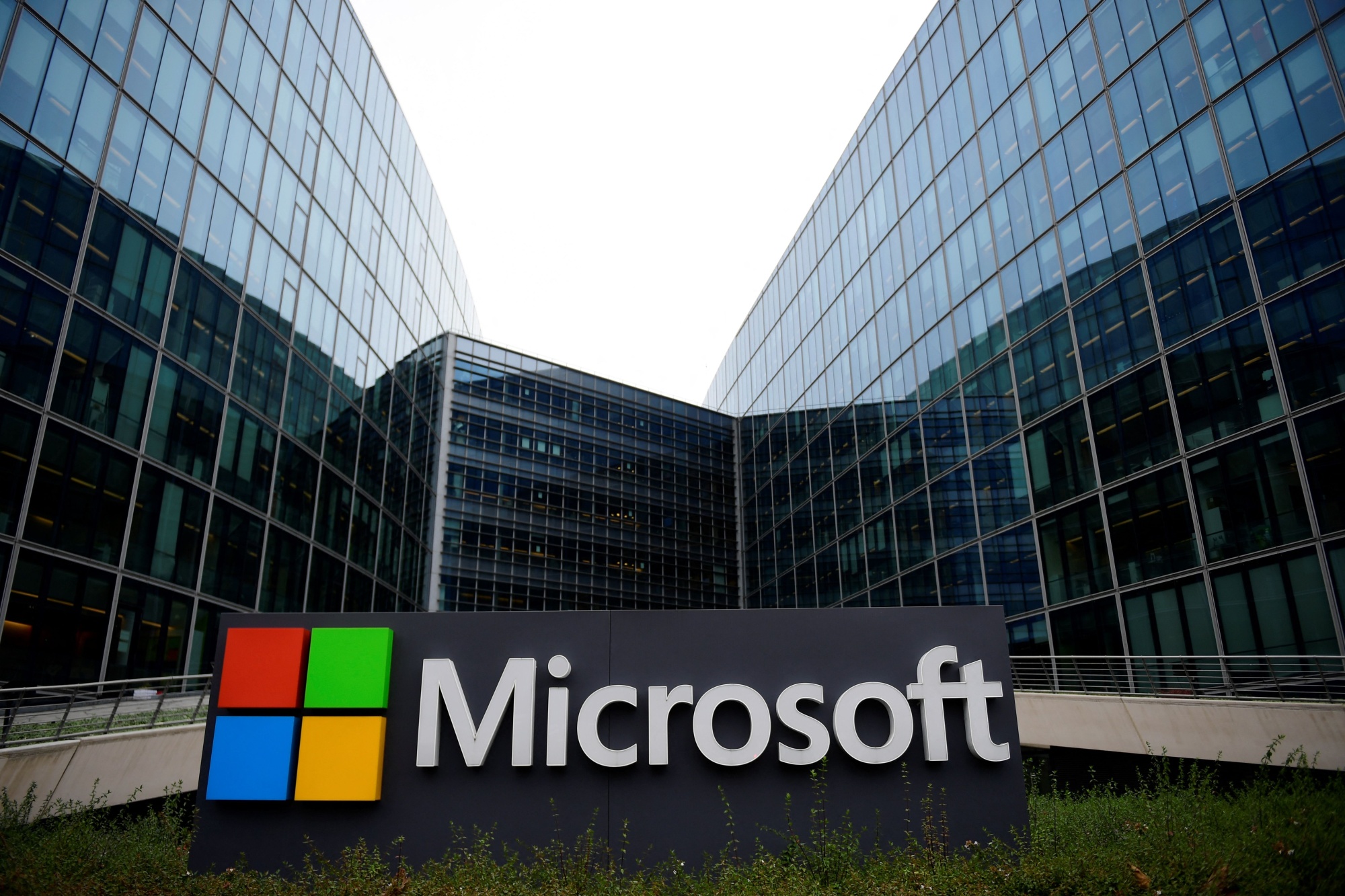For years, Windows 10 has reigned supreme as Microsoft’s flagship operating system, a familiar and reliable companion for hundreds of millions of PC users worldwide. But that era is coming to an end, and a new reality is setting in: staying secure on Windows 10 will soon come with a price tag.
Microsoft has officially announced that extended support for Windows 10 will cease on October 14, 2025. This means no more free security updates, leaving those who cling to the aging OS vulnerable to a growing tide of cyber threats. While the tech giant is naturally pushing users towards the newer Windows 11, many are finding the transition less than appealing, whether due to hardware limitations, software compatibility issues, or simply a reluctance to embrace change. This leaves a massive user base – estimated at around 400 million – facing a tough decision: upgrade, or pay up.
The Cost of Security in a Post-Windows 10 World
To keep receiving crucial security updates after the October 2025 deadline, Windows 10 users will have to subscribe to Microsoft’s Extended Security Updates (ESUs) program. This service, traditionally aimed at enterprise customers, will now be available to consumers at a yearly cost of $30 (£24). While this might seem like a small price to pay for peace of mind, it represents a significant shift in Microsoft’s approach to consumer software support and raises concerns about accessibility and affordability for many users.
This move has sparked widespread debate and apprehension within the tech community. Many users feel that Microsoft is effectively holding their security hostage, forcing them to either adopt a new operating system they may not want or pay a recurring fee for essential protection.
Why is Microsoft Pulling the Plug on Free Support?
From a business perspective, Microsoft’s motivations are clear. Maintaining an aging operating system is a costly endeavor, diverting resources that could be invested in developing and promoting newer products like Windows 11. By ending free support for Windows 10, Microsoft aims to:
- Drive Windows 11 adoption: Pushing users towards their latest OS allows Microsoft to streamline their support efforts and ensure a more unified user base.
- Generate new revenue streams: ESUs provide a lucrative opportunity to monetize ongoing support for those who remain on Windows 10.
- Focus on innovation: Freeing up resources allows Microsoft to invest in new technologies and features for Windows 11 and beyond.
However, this strategy has left many users feeling alienated and frustrated. The perception that Microsoft is prioritizing profits over user needs is fueling resentment and raising questions about the company’s commitment to long-term customer satisfaction.
The Impact on Users: More Than Just a Financial Burden
While the financial cost of ESUs is a significant concern, the implications of this change extend far beyond a simple subscription fee.
- Security Risks for Vulnerable Users: Those who cannot afford ESUs or are unaware of the looming deadline risk being left exposed to cyberattacks, potentially leading to data breaches, identity theft, and other serious consequences.
- E-Waste Concerns: Pressuring users to upgrade their hardware to meet Windows 11 requirements could contribute to the growing problem of electronic waste, as perfectly functional PCs are discarded prematurely.
- Digital Divide: The cost of ESUs may disproportionately impact low-income users, exacerbating the digital divide and limiting access to essential technology.
What Are Your Options?
Faced with this new reality, Windows 10 users have several options to consider:
- Upgrade to Windows 11: If your hardware is compatible, this is the most straightforward solution. Windows 11 offers performance improvements, new features, and ongoing security updates. However, be sure to check the minimum system requirements before making the switch.
- Subscribe to ESUs: If upgrading is not feasible, subscribing to ESUs will ensure continued security updates for your Windows 10 PC. However, this comes at a recurring cost that may be prohibitive for some users.
- Switch to an alternative operating system: Consider exploring other options like Linux distributions, which offer a free and secure alternative to Windows. This may require a learning curve but can be a viable solution for those seeking greater control and flexibility.
- Delay the decision: While not ideal, some users may choose to wait and see how the situation unfolds. However, this increases the risk of security vulnerabilities as the deadline approaches.
My Personal Take
As someone who has used Windows operating systems for decades, I’ve seen firsthand how Microsoft’s strategies have evolved over time. While I understand the business logic behind this move, I share the concerns of many users about the potential consequences. I believe that Microsoft has a responsibility to ensure that security remains accessible to all users, regardless of their financial means or technical capabilities.
In my own case, I’ve already made the switch to Windows 11 on my primary machine. While the transition took some getting used to, I’ve been impressed with the overall performance and stability of the new OS. However, I also maintain an older laptop with Windows 10 for specific tasks. For this device, I’m leaning towards subscribing to ESUs, at least for the time being, to ensure its continued security.
Ultimately, the decision of how to proceed rests with each individual user. Weighing the pros and cons of each option, considering your budget, technical expertise, and security needs, is crucial in navigating this changing landscape.
Looking Ahead: The Future of Windows Security
The end of free support for Windows 10 marks a significant turning point in the history of personal computing. It raises important questions about the future of software support, the balance between innovation and accessibility, and the role of technology companies in ensuring digital security for all.
As we move forward, it’s crucial for users to stay informed about the latest developments, explore their options, and make informed decisions about their digital security. Whether you choose to embrace the new era of Windows 11, pay for extended security, or explore alternative solutions, one thing is clear: the days of taking free operating system support for granted are over.










Add Comment